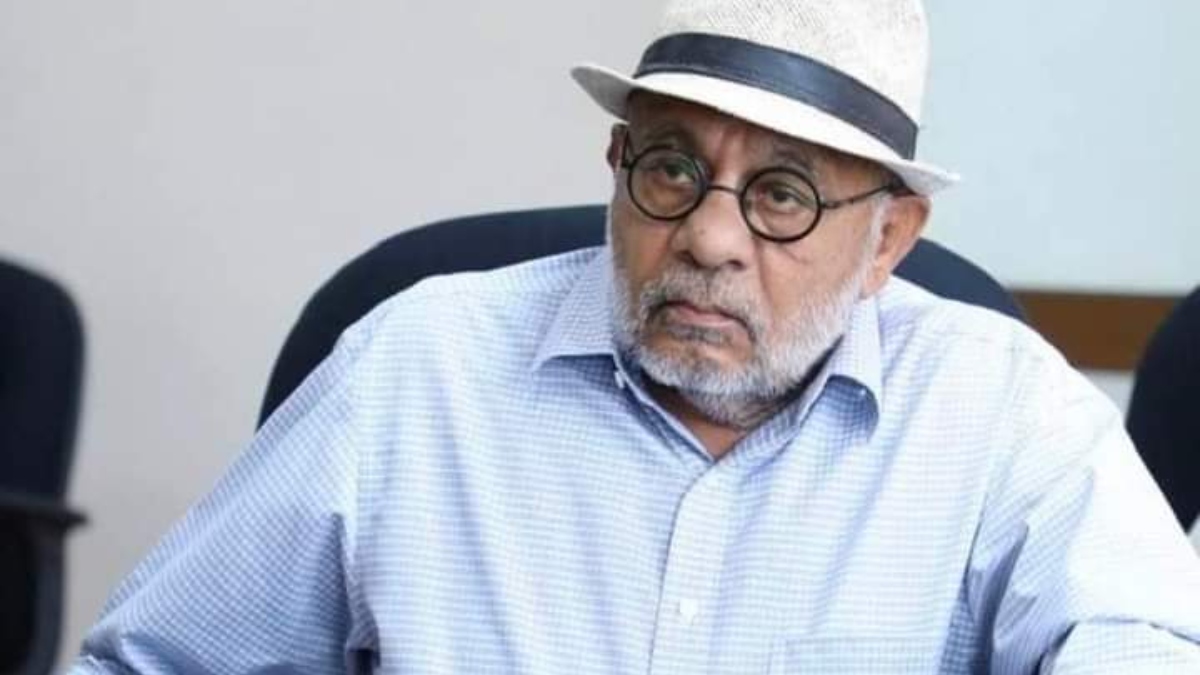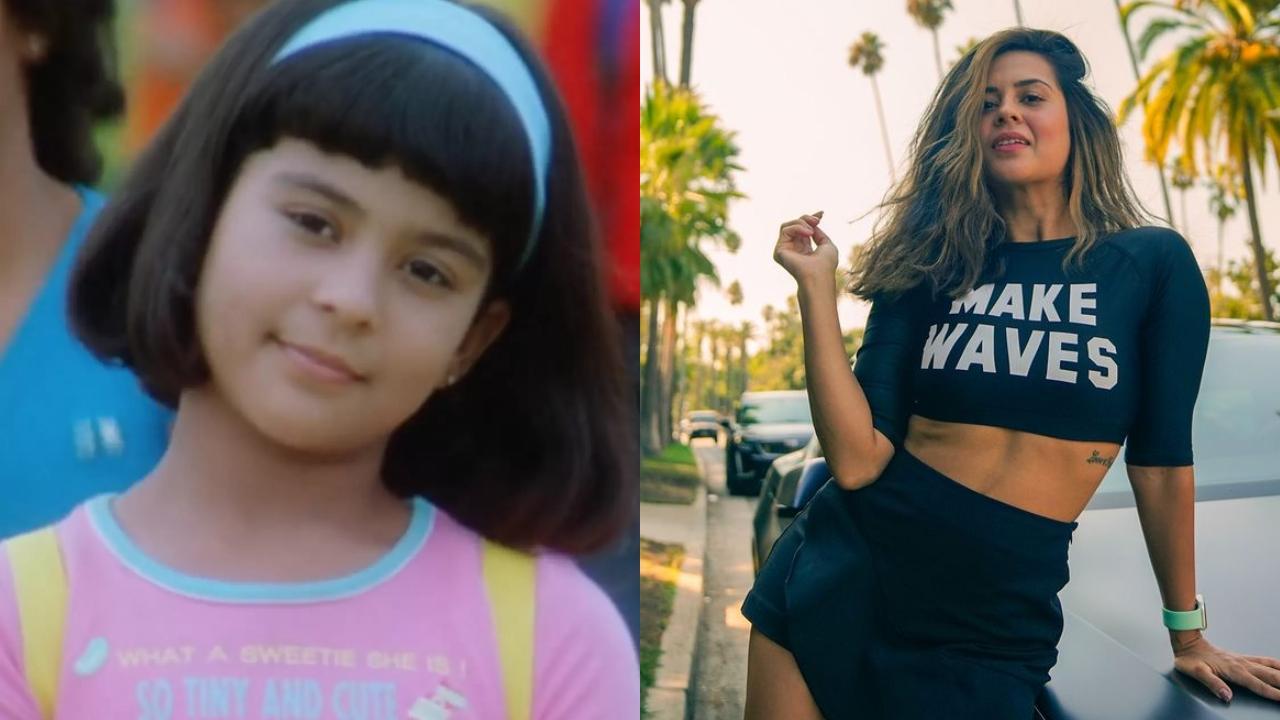Critics and viewers often look toward the late 1990s and the elevation of HBO when tracing the birth of prestige television. The premium cable network debuted “Sex and the City” in 1998 and the Mafia-crime drama “The Sopranos” in 1999. While both shows ushered in a new wave of TV, giving the small screen a cinematic feel, it would be disingenuous to say that these series first sparked the flame.
Five years before Carrie and Big began their epic (and exhausting) love saga, “The Wire” creator David Simon’s first novel, “Homicide: A Year on the Killing Streets” was adapted for TV. More than three decades after its 1993 NBC debut, all seven seasons of “ Homicide: Life on the Street ” and its bookend TV film are finally available to stream on Peacock . Created by Paul Attanasio, “Homicide” is an intense, addictive and hyper-realistic examination of the Baltimore Police Department’s homicide department.

While many police procedurals of the era forged a cookie-cutter path for audiences, robotically unpacking cases and offering simplistic character breakdowns, “Homicide” does something different. Attanasio, showrunner Tom Fontana and Simon, who worked on the series as a writer and producer, thought more highly of their audience, as evidenced by the unique choices made throughout the show. As the pilot “Gone For Goode” opens, viewers are thrust onto the Baltimore streets.
Under the cloak of darkness, detectives Meldrick Lewis (Clark Johnson) and Steve Crosetti (Jon Polito) converse about a book while searching for clues at a crime scene. As the shot expands, a dead man with a gunshot wound to the head is seen lying on the sidewalk. As the scene concludes, without the needed evidence in hand, Crosetti casually quips, “That’s the problem with this job; it’s got nothing to do with life.
” Though the series has been remastered to high definition and 4K, it has a grittiness that is now lost in the hyper-polished nature of digital filming. Also, while the show is somewhat serialized, each episode acts as a puzzle piece for the next. The murder police color-code cases on a massive whiteboard, written in black for closed or red for open.
The cases loop around each other, and are eventually solved (or not). Once oriented in this world, viewers who haven’t seen the show before will recognize some familiar faces. There’s Frank Pembleton (Andre Braugher, who in 1998 won his first Emmy for this role), a non-nonsense and meticulous detective known for his stellar record and his disgust for teamwork.
“Law & Order: SVU” fans will recognize Richard Belzer’s John Munch, who launched the character in “Homicide” long before the New York City-set “SVU.” The characters make “Homicide” what it is. Attanasio and Fontana took great care to ground their audience into the specificity of Baltimore in the 1990s.
The series’ texture is such that one can almost touch the sticky coating on the break-room floor, or feel the biting chill in the precinct when the heat blows out mid-winter. Some of the discussions about Michael Jordan v. Scottie Pippen and the merits of disgraced Vice President Spiro Agnew are very much of the time.
However, other topics, including dating following a divorce, race and gun violence, remain topical 31 years later. Death and murder aren’t light subjects, but many of the crimes in “Homicide” have a particular viciousness to them. Season 1 follows rookie detective Tim Bayliss (Kyle Secor), who is haunted by his first case, the killing of an 11-year-old, Adena Watson, who is disemboweled and sexually assaulted.
The murder was based on the real-life death of Latonya Wallace, which Simon wrote about in his book. Because “Homicide” was a network show, it’s shocking to see how much is visually depicted on the screen, including Adena’s lifeless body. The case plays out across several episodes, tormenting Pembleton and coming to a head in Episode 5, “Three Men and Adena.
” The episode is shot almost entirely within the confines of the interrogation room, and the N-word is even used several times by the suspect. The toll of the job is also magnified on the show. Different personalities thrust together in a cesspool of death and destruction doesn’t make for a harmonious workplace.
Since the characters in “Homicide” are depicted in their full humanity, the dysfunction of the profession is played out in childish squabbles, angry phone calls and snide remarks. Partnerships like those of Detective Kay Howard (Melissa Leo) and Beau Felton (Billy Baldwin) ebb and flow, working as a well-oiled machine at points and boiling over at others. Still, in the end, crabs and mugs of beer at The Waterfront Bar offer a balm for the detectives until they are called to a new crime scene.
Of course, “Homicide” isn’t entirely grim. The series does have some small joyful nuggets. Cases with bits of levity are woven around the more disturbing acts of criminality.
The first season showcases an elderly woman who pushes her husband down the stairs when she discovers he isn’t as dead as she initially suspected. There’s even a witness from a different murder who tries to hide from the police by seeking refuge in a literal dog house. Mostly, however, there is just violence.
These days, in the aftermath of the peak TV era, there is disillusionment about what network television can offer. With streamers and cable channels creating edgier programming, the big four networks are leaning into safer shows. But “Homicide: Life on the Street” reminds us that it wasn’t always this way.
After all, viewers have the stomach for authenticity. In fact, we’re craving it. All seven seasons of “Homicide: Life on the Street” are now streaming on Peacock .
.



















